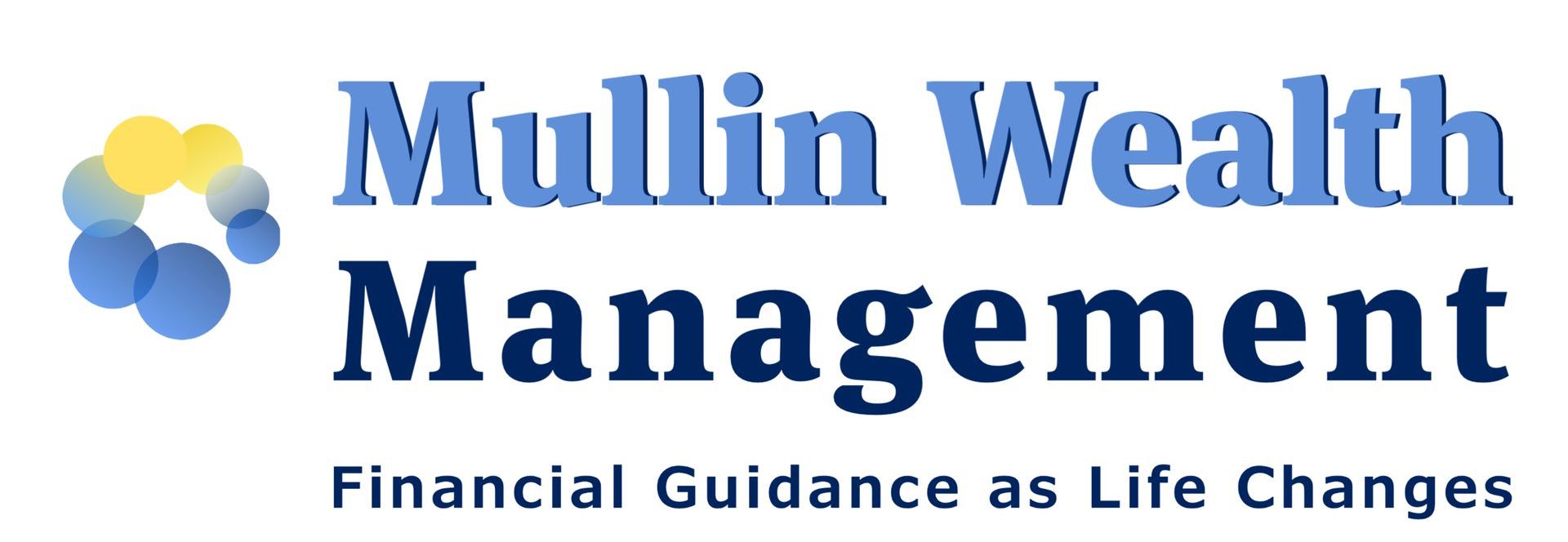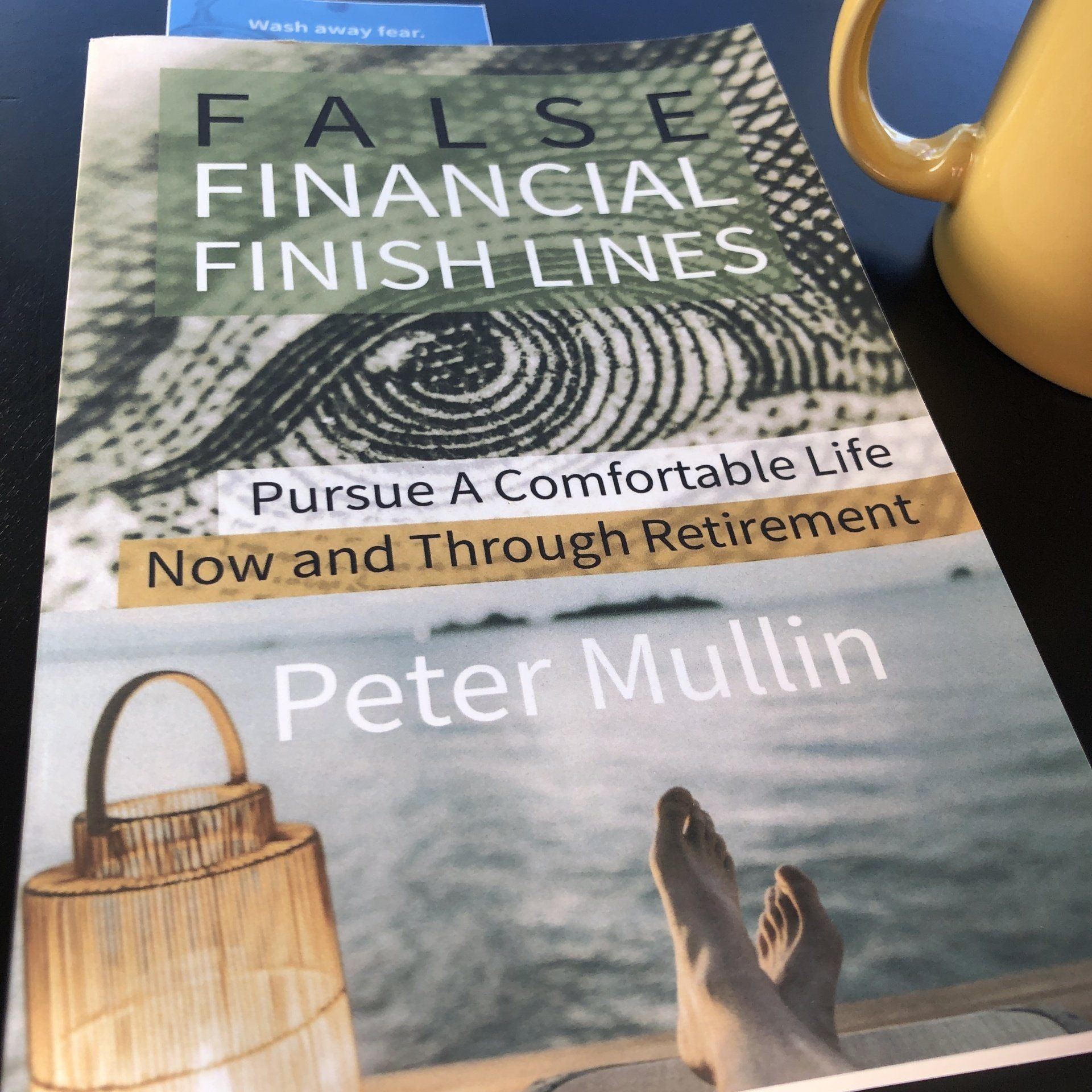Here Are 6 Tools to Safely Store Your Passwords Online

How many times have you gotten a reminder to update your password before it expires? Or to make sure your password contains a capital letter, number and symbol? While inconvenient at times, these are some of the crucial steps that come with keeping your personal information safe.
Did you know? Password manager tools can actually prompt you if and when a password of yours may have been compromised on particular websites. Regardless of what password security tool you decide to use, it’s important to keep your passwords as secure as possible. With all the different accounts you log into on a day-to-day basis, storing multiple passwords in these applications can make it much more manageable, helping you to log into multiple accounts securely and with ease.
Choosing a weak or overused password can make it fairly easy for a cybercriminal to steal your information. Instead, it’s important that you have a strong and unique password for every account. To make this possible, there are tools you can use to keep your information safe and secure - saving you the headache of remembering every password yourself.
Big Tech offers their own password saver services
Google, Apple, and Microsoft offer their own encrypted password manager services. Before reviewing "free tools," Mullin recommends considering the benefits of these services offered through your current operating system, or internet browsers. They are free but also convenient, and go along with you while you browse your personal websites.
Tool #1: LastPass
LastPass serves as a free, secure password creation center and storage for all of your accounts. They offer both a free and premium membership. Their premium membership offerings vary depending on use, but they start at $3 per month for individual users.1 This program can both generate and store multiple usernames and passwords in a secure vault. Your vault is protected by a master password and the program includes multi-factor authentication for added security.
The free version also offers secure storage for text notes, syncing of credentials across browsers and access to your secure vault from any internet-connected device via LastPass.com. It will refuse to autocomplete forms on known phishing websites, and you can export your data at any time if you decide to switch to a different password manager.
Tool #2: Dashlane
Dashlane is an easy-to-use tool that features one-click password generation and the ability to store notes for the future.
You can use Dashlane on your desktop, through a browser plugin and on your phone. Similar to LastPass, Dashlane offers a premium version with unlimited sharing and syncing.
Dashlane Premium costs $59.99 per year.2 Both the paid and free versions include features like:
- Core password manager
- Autofill
- Digital wallet
Tool #3: Keeper Security
Keeper Security offers services beyond password protection. These include password management, dark web scanning and private messaging systems. Keeper's main target audience is large companies and organizations, but it also offers plans for students, families and individuals. Keeper Security starts at $34.99 annually for individuals and $45 annually per user for businesses.3
This intuitive program offers both desktop and mobile versions with features including:
- Strong security
- Browser extension option
- Multi-platform access
Tool #4: RoboForm
RoboForm can be used on a desktop or mobile device, and it’s designed to store important notes and login information. Even with the free version, users can store an unlimited amount of logins. This program boasts important features like application logins, secure storage of notes, multi-platform support and the ability to gain emergency access.
RoboForm Everywhere allows you to sync across devices, provides cloud backup and includes the ability to gain emergency access. While it may not have as many features as its competitors, it is still considered a top password manager and the free mobile app is an added bonus for when you’re on the go. RoboForm’s password generator is particularly strong, allowing you to exclude similar characters and specify which special characters you need to meet specific password requirements. Roboform starts at $29.95 per year per user for businesses.4
Tool #5: NordPass Free
NordPass Free is the free version of password manager, NordPass. It is as secure as the premium one, but it does not include several of NordPass’s additional cybersecurity features.
With the free app, you can:
- Save unlimited passwords
- Keep notes and credit cards
- Sync across all devices
You can upgrade to NordPass Premium starting at $2.49 per month. The premium version allows you to save passwords with just one click and log in automatically.5
Tool #6: LogMeOnce
LogMeOnce is a useful app with important features like:
- Unlimited passwords and autofill
- Use on unlimited devices and sync
- Technical support via email
You can choose to upgrade to a Premium subscription, with options starting at $2.50 per month.6 With LogMeOnce, your passwords, files and images are encrypted and only you can access your data.
- https://www.lastpass.com/pricing
- https://www.dashlane.com/plans
- https://www.keepersecurity.com/pricing
- https://www.keepersecurity.com/
- https://www.roboform.com/business/pricing
- https://nordpass.com/plans/
No technology by a third party is endorsed by Mullin Wealth Management, LLC or Peter Mullin. Use software and particularly password managers at your own risk. All third party companies and entities shared within are separate entities from Mullin Wealth Management.
This material is for general information only and is not intended to provide specific advice or recommendations for any individual.
- Mullin's take on the "4% Retirement Rule"
- Navigate "Bad Portfolio Weather"
- Tips to Optimize Social Security







Articles and Assets
What are your Priorities?
Well it’s the end of the year. I just searched on Google for “market outlook 2018.” I came up with a little over 58-million “results.”
So should you be investing in stocks in 2018? The quick answer: It’s likely a prudent part of your portfolio. But it depends on your circumstances, right?
It’s apparently popular to throw your hat in the ring.
A mantra that you hear among disciplined professionals is to “stay the course.”
Then you hear “sell high, buy low.”
Who’s right?
The relief of a disciplined strategy is that it can be tailored to you. And tailor we think you should.
Yes, it’s possible that an investor may not utilize stocks in their portfolio at all. Or you may decide to go “all in” with a diversified stock portfolio.
(Side effects from tailoring a strategy may include increased confidence & persistence, apathy toward daily market reports, and increased focus on what really matters.)
Let’s begin with the “Why” of investing for you. Then you can request 15-minutes on the phone discuss your “how.”
So “Why Should You Invest”
Life changes and our “why” of investing ought to transform with life. Some invest for sport – they like the risk/reward of investing – they’re in it for the thrill. I don’t hang with this crowd.
Most of us ought to invest for things we want. Our money & our goals are serious. By investing in a diversified portfolio we can pursue things we want.
1. Living A Comfortable Retirement: Retirement is a noun. It’s up to you to really design and live a retirement that reflects you.
2. Purchasing a Home: Home is a place to live. It can take a down payment.
3. Passing an Inheritance on to Family:
4. Student Loan Shield: This idea is important for many Millennial graduates. Student loans can dominate your budget. But instead of accelerating those payments, what if you paid your required payments, and then invested the additional money that you were going to pay against your loan balance?
5. Emergency Reserves: You probably have read that it’s prudent to keep a relative healthy amount of cash in your checking/savings. Once you’ve achieved that, then you can consider investing additional funds. Go a step further and consider a non-retirement account for you and your house. You can spend this on cars, vacations or use it just as described in #4.
The Dow Jones has seen positive results, so far, in 2017. It’s unusual and sort of uncomfortable as the independent financial advisor. Why is it uncomfortable?
What would sting & linger longer? Finding $20 in the parking lot? Or finding a $20 parking fine on your windshield?
We’ve been finding a lot of metaphorical “$20’s” (i.e. “positive results”) in our portfolios this year. So the second we find a parking fine (or a few in a row) we’ll be sure to ask if stocks are still the right place to park our money.
Complacency can work against us, Dear Clients. Just keep recalling your long-haul strategy and your “why” of investing.
***
Peter Mullin is an independent financial advisor registered through LPL Financial. He lives in Rogers, MN with his family. He was born and raised in St. Cloud, MN. Mullin Wealth Management is located in Waite Park, MN.
The opinions voiced in this material are for general information only and are not intended to provide specific advice or recommendations for any individual.
Investing involves risk including loss of principal.
There is no guarantee that a diversified portfolio will enhance overall returns or outperform a non-diversified portfolio. Diversification does not protect against market risk.
All performance referenced is historical and is no guarantee of future results.
All indices are unmanaged and may not be invested into directly. No strategy assures success or protects against loss.







